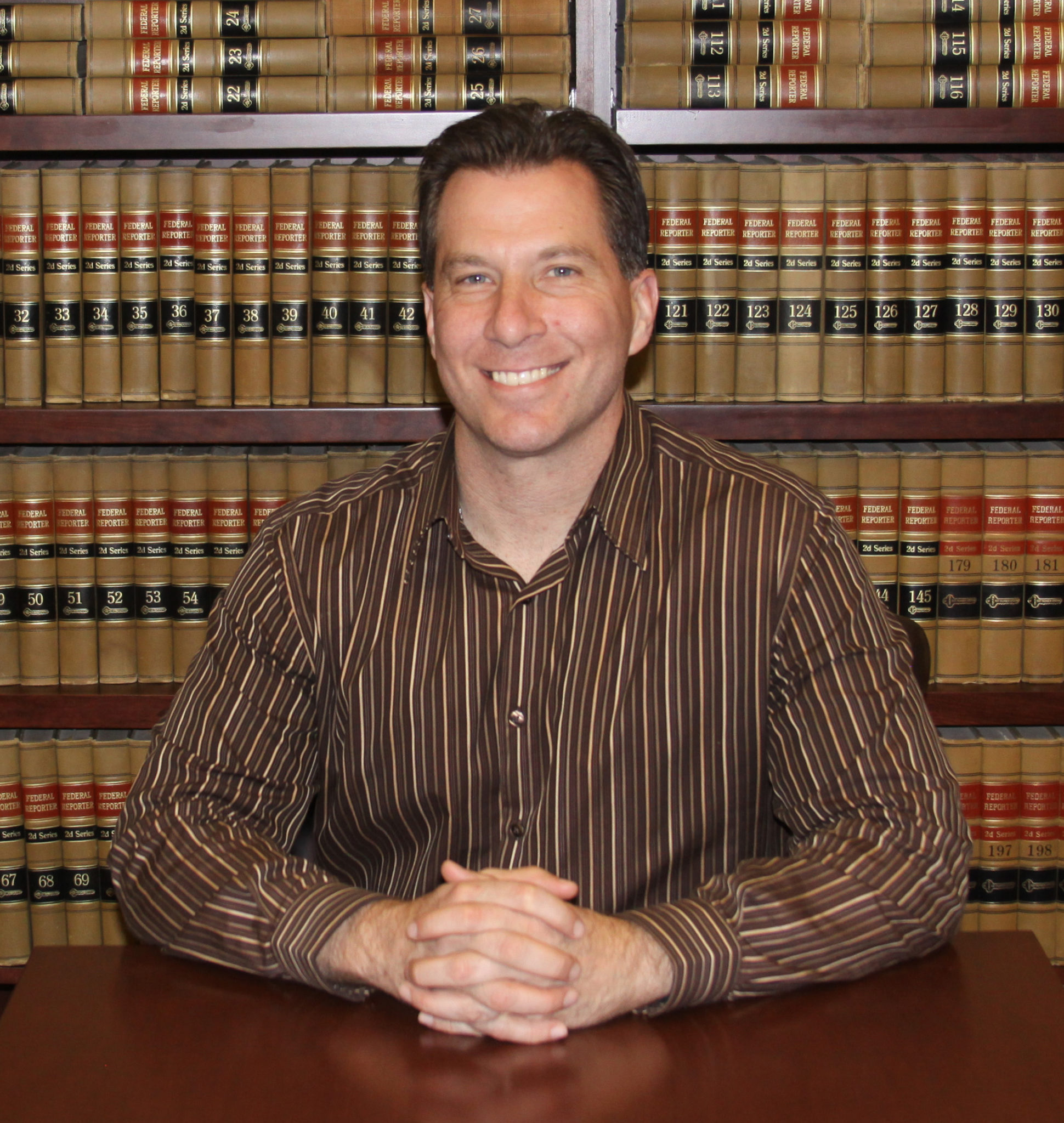
Researchers conducted a meta-analysis of 51 studies published since 2005 from various academic databases looking at racial bias in criminal justice sentencing. They found that with the exception of a “very small” amount of racial bias for drug crimes, there was no statistically significant difference for all other crimes. Why then, is it a common talking point in politics and academia to claim otherwise?
Some critics of woke ideology have compared the ideology to a religion. Something that its adherents have to defend from all attacks. In academia, this amounts to a complete rejection in the face of facts that contradict their deeply held religious beliefs. Any acknowledgment of the validity of another view would represent an existential threat to their being. This irrational defense of wokeism is practiced by well-known academics such as Dr. Ibram Kendi all the way down to community college professors, all of whom have an impact on the beliefs of impressionable students.
In Spring 2022, I attended multiple meetings of my college’s Anti-Racism book club. The club was sponsored by the Faculty Senate and was reading The New Jim Crow: Mass Incarceration in the Age of Colorblindness by Michelle Alexander. I had not read the book but had heard of it and attended a meeting hoping to hear an academic discussion of its claims, merits, and, perhaps, some critique.
What I experienced was anything but.
Throughout the entire meeting, the book was not mentioned once. In fact, the best way to describe the meeting was thirty minutes of bashing the founding of America as racist, even going as far as to claim the American Revolution was fought primarily to preserve slavery—a historically illiterate claim. The other thirty minutes of the meeting were spent bashing the police as racist, with one member stating that “all cops are bastards” (ACAB).
A white female professor claimed that calling the police is more dangerous than just dealing with the criminal because you were likely to get hurt or shot when the police arrived. Worse, I was the only professor in a group of about 10 who disagreed with the statement.
I left the meeting appalled.
Thinking this meeting could be an anomaly, I attended the next one and invited two of my political science colleagues. The second meeting was more of the same—no discussion of facts. Instead, faculty spouted off baseless claims and told half-century-old stories of instances of police abusing minorities. After another forty minutes of bashing police, I had to speak up—after all, I had just published my book debunking the narrative that police are racist.
I told them that there are approximately 385 million public contacts made by the approximately 660,000 officers every year. Among these interactions, there are between 400 and 1,000 deaths each year, depending on the data source used—either the CDC or the widely referenced Washington Post, respectively. Of these deaths, usually less than 30 are unarmed individuals—unarmed individuals can still pose a deadly threat. If we consider the higher number from the Washington Post, this means that a person’s likelihood of being killed in a police contact is 0.0000026 percent. Of course, some people encounter police more often or in more dangerous scenarios than others, but even taking into account those factors, the odds of dying at the hands of police are especially low—especially if the subject is cooperative.
When I said this, I received eye-rolls, more anecdotal stories from decades ago trying to rebuff the data, claims the data is biased, and ultimately, after the meeting was over, I was labeled racist.
Unfortunately, these numbers don’t fit the narrative. The narrative suggests police killings are frequent occurrences and often unjustly carried out, especially against black males—about 26 percent of all deaths caused by police. It’s not just my colleagues, however, that reject data; especially on the matter of policing, facts are routinely rejected in institutes of higher learning.
Dr. Ibram Kendi, author of How to be an Anti-Racist, believes that any instance where there is a significantly disparate outcome between the races, it must be due to a racist policy—as opposed to individual choices, family structure, etc. as Thomas Sowell argues. Like my colleagues, he also perpetuates the lie of racially biased policing and in the criminal justice system as a whole.
On X—formally Twitter—I challenged Kendi on his premise, using data regarding the likelihood that whites and blacks are shot and killed by police under similar circumstances. Usually, critics will parrot the stat that shows 26 percent of police homicides are against Blacks, who only make up 13 percent of the population while 47 percent of police homicides are against white people, who make up 65 percent of the population. Critics claim that this is undeniable proof of racism. However, this stat does not take into account criminality or the chances of encountering police. What happens to the data if we account for those variables? In a 2018 article published in the peer-reviewed journal Social Psychological and Personality Science, researchers Joseph Cesario, David Johnson, and William Terrill examined this issue using criminal activity datasets from the FBI Summary Report System (SRS), the FBI’s National Incident-Based Reporting System (NIBRS), the Bureau of Justice Statistics’ Nation Crime Victimization Survey (NCVS), and the Center for Disease Control’s WONDER Database—researchers noted that the NCVS and CDC data are uncontaminated by law enforcement yet yield very similar results to the SRS and NIBRS, therefore eliminating biased policing explanations for the data.
So, what did these researchers find?
According to the SRS homicide reports, whites were 2.7 times more likely than blacks to be killed by police officers, 2.6 times more likely using the SRS’s homicide arrest reports, 2.9 times higher using NIBRS homicide reports, 3.9 times higher using NIBRS homicide arrests, and 2.5 times higher using CDC data for death by assault. Regardless of the dataset employed, the outcomes are consistent: whites are significantly more likely to be killed by police than blacks under similar circumstances. Therefore, if Dr. Kendi’s assertions hold true, the only plausible conclusion is that police officers hold racial bias against whites.
I tweeted this data and conclusion to Dr. Kendi, asking him to explain if he stood by his thesis. He blocked me without responding—how appropriate. After all, if he truly believed his thesis, he would have to agree that police were systemically racist against whites, therefore destroying his position as a warrior for the woke against the whiteness that purportedly permeates all of America’s established institutions. By blocking me, he remains in his bubble where only the information that validates his previously established belief system is allowed.
Academics, the media, and society should support the police. The police represent the “Thin Blue Line” between order and chaos. While it is necessary to hold members of the profession accountable when they abuse their power or violate the law, we should be honest about the necessity of the profession. Without police, criminals would run roughshod over most people in society, and crime would skyrocket. America saw a glimpse of this during the Defund the Police movement following the protests over the death of George Floyd. The effect was large increases in property crime, violent crime, and murder.
Photo by Артем Константинов — Adobe Stock — Asset ID#: 132440298

The problem is that those who hold to radical beliefs as a neo-religion never look past raw numbers and never control for relevant contributing factors to try to assess their hypothesis against a counterfactual. It happens with issues related to race, but also basic economics, in public health, etc. They can’t imagine a public policy that they support can create an externality or has any opportunity costs. If they believe it, it must be true – facts and circumstances be damned.
They don’t even understand basic research methods. They have a matrix of beliefs which everything must fit, regardless of facts or findings.
Take something like infant mortality, which *is* linked to maternal health and lifestyle during pregnancy. You don’t have to abandon your presumption of racism to acknowledge this — some of the factors can actually be argued to support such a presumption of racism. Yet heaven forbid we say that things an unstable and abusive home life, poor nutrition, smoking, drinking & drug use, and even childhood exposure to lead (which leaches out of the mother’s bones during pregnancy) don’t help and definitely are factors — or that untreated diabetes and high blood pressure can cause problems for the mother as well.
Larry Summers fate at Harvard is a good example — in some ways, all he did was propose a null hypothesis, and look at what happened to him…
Sadly, they do operate on the level of if they believe it, it must be true.
Scary….
It’s even worse than this — and while they may not have double-winged snow plows in Texas, it’s possible to drive one through the holes in the BLM logic.
1: American Revolution was fought primarily to preserve slavery
This is hilarious because to the extent it was an economic/social revolution as well (and it was), it largely was the middle class (who didn’t own slaves) revolting against the upper class (who did). It wasn’t strictly on economic lines and a good study of this involves the so-called “River Barons” of the Massachusetts stretch of the Connecticut River — most of them remained loyal and their property was confiscated, a couple didn’t and have towns named after them.
2: Of these deaths, usually less than 30 are unarmed individuals—unarmed individuals can still pose a deadly threat.
What I’d love to see is a “risk profile” of these 30 — heck, *all* the persons killed by officers. Let’s just go with domestic assault — someone who has beaten up a half dozen girlfriends is more inclined to physical violence than someone who hasn’t.
3: Likewise single mother status — I’d like to see how that factors into likelihood of being shot by the police. And then you throw in the 76% Black illegitimacy rate and of course there will be a higher percentage of Blacks in the cadre — simple statistics.
4: Why does no one talk about the DOJ-mandated New Jersey Turnpike study on the race of speeders? While the NJSP were ticketing a disproportionate percentage of Black motorists, the study found that an even more disproportionate percentage of Black motorists were speeding.
In other words, they actually should have been ticketing MORE Black motorists than they actually were…
5: Not only is this racial bias stuff a religion, but it’s clergy are doing quite well financially — even when they aren’t indicted for fraud. No one mentions that…
Olson’s Rule:
1. You can’t argue from logic against positions that are not based on logic
2. If facts supported opinions there’d be fewer facts and fewer opinions.
3. Facts are no match for (conspiracy) theories.
4. Simplification is the enemy of understanding.
5. The efficacy of a theory, easily conceived, lies not in how religiously it is held but in how rigorously it can be tested.
Mark Twain: It’s not what people know it’s what people know that isn’t so that causes all the trouble.
AND
It’s easier to fool people than it is to convince them that they’ve been fooled.